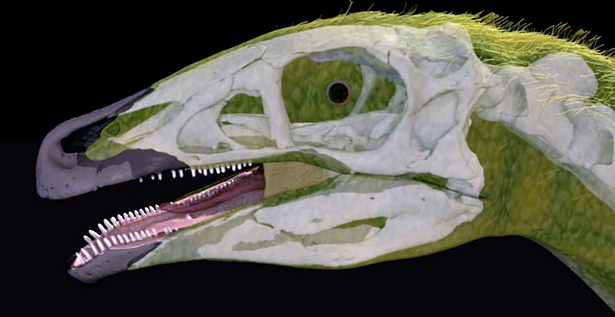biology
Is This Mouse a Pirate?
Scientists Seek to Solve Oystercatcher Mystery – and You Can Watch Online
That Four-Leaf Clover You Found May Not Be a Four-Leaf Clover
Paper Offers Framework for Amazon Oil and Gas Development
Cretaceous Cold Cases No. 1: A Case With Legs
New Species of Plant-Eating Dino Was Lunch for Prehistoric Crocs
Drawing on Real Life
